Behaviour Policy
This document sets out the Behaviour Policy which Beavers, Cubs and Scouts should adopt to manage poor behaviour within the sections. This policy should be implemented at all times unless otherwise agreed by the Section Leaders (who should notify the Group Scout Leader, failing which the District Commissioner).
Code of Conduct
- The Code of Conduct is the “rule book” of the section, which the young people should draft and agree to adhere to.
- At the beginning of the autumn term in August each year, each section should, ideally, use the second meeting night to review the existing Code of Conduct and suggest any amendments. These responses should be collated by the Section Leader, and any key missing rules (particularly in relation to the Promise or Law) should be inserted by the Section Leader.
- Once there is a collated Code of Conduct, this should be typed and printed so that the young people can “sign” this in an age appropriate manner. Young people should be reminded regularly of the Code of Conduct together with the Promise and Law (particularly at the beginning of a new term).
- Any new member should learn about the Code of Conduct when they join the section.
Three Strikes
- If a young person does not adhere to the Code of Conduct or the Promise or Law, a warning (or strike) should be given as an initial cautionary warning. The young person’s name should be written on the white board and one strike should be marked against their name. A brief explanation as to why their behaviour was not acceptable should be given.
- If a young person does not heed this initial warning and does not adhere to the Code of Conduct or Promise or Law on a second occasion, a second strike is marked against their name on the whiteboard. At this stage, the young person should, ideally, be removed from the hall or taken to the side of the hall and spoken to by one leader in the presence of another leader.
- If a young person receives a third warning, a third and final strike is marked against their name. The young person should be asked to stand to the side of the hall or in the entrance hall and is then spoken to by two adult leaders (or one adult leader in earshot of another). It should be explained to the young person why their behaviour was not acceptable on the three occasions.
- If a third strike is issued, an email must be sent home to the child’s parents that evening (or as soon as possible thereafter) with brief details regarding their child’s behaviour.
- The parent of the young person is expected to speak to their child about their child’s behaviour and told that their behaviour is not acceptable at the meeting and that it needs to improve going forward.
- If a young person receives two emails home during a term, the young person will be asked to miss the following week’s activity.
- If the young person receives three emails home in any one year, the Section Leader has the authority to ask the young person to leave the section and allow another person to move into the section from the waiting list.






